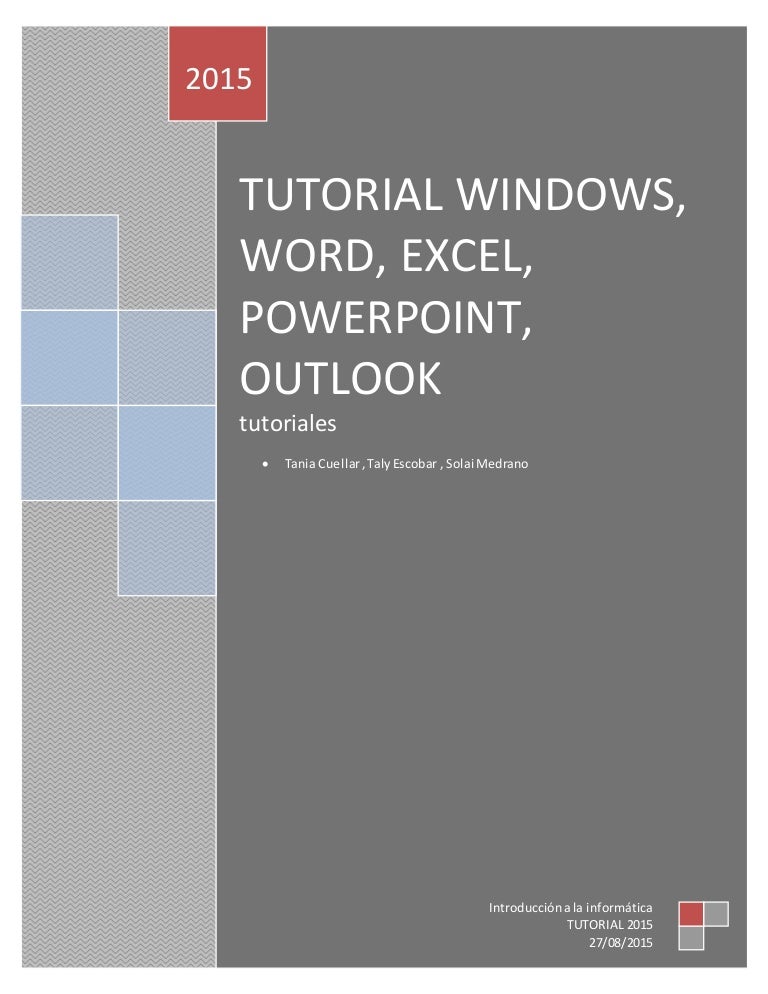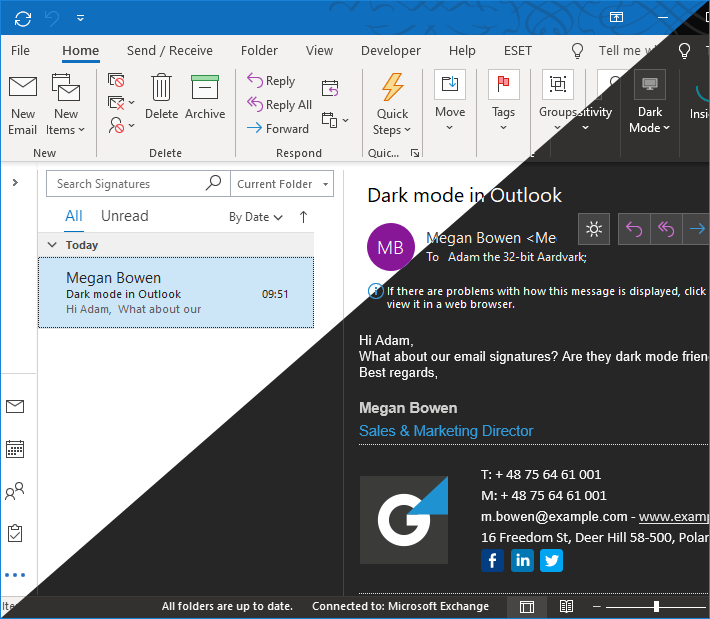
Dont you come here to know some additional unique pot de fleurs pas cher idea? We in fact wish you can easily resign yourself to it as one of your mention and many thanks for your get older for surfing our webpage. We attempt to introduced in this posting before this may be one of fabulous hint for any Outlook Email Settings options. We receive this nice of Outlook Email Settings graphic could possibly be the most trending subject when we ration it in google gain or facebook. Its submitted by organization in the best field. Here are a number of highest rated Outlook Email Settings pictures upon internet. I'd appreciate any help you could give.Outlook Email Settings. My fear of deletion means I end up with empty folders cluttering my "Topic 1" folder. I have been afraid to delete that folder in the Exchange account in case Outlook tries to sync that deletion in the archives and deletes my messages. After archiving the messages, the folder that used to contain the older messages still remains in my Exchange account (with no messages in the folder).
#Microsoft outlook 2015 tutorial archive#
I don't need to keep more than the most recent year on my Exchange account, but I still want to have access to the folders/message in my archive file for the account. In case my question/motivation isn't clear, I have a folder in my Exchange inbox called "Topic 1," which has subfolders for each year.

If I delete a folder from my Exchange mailbox, will it sync that deletion in my archives or only delete it from my Exchange account? I am using Outlook 2010, and I clearly haven't round the correct search terms to find this answer (maybe because I don't know enough about the terminology). I have a question regarding how the archiving process works in Outlook.

You'll need to change each folder individually. These settings are specific to each folder and are not applied to subfolders. You will be able to turn off AutoArchiving, apply the default AutoArchive settings, or configure settings unique to this folder. Right click on the folder and choose Properties then switch to the AutoArchive Tab. If you want some folders, such as Deleted Items or Junk Email, to use different settings, you can change the properties for that folder. Configure AutoArchive settings for each folder I don't recommend doing this if you have a lot of folders you don't want to archive, as you'll need to change the setting for each folder individually. Use this only if you want to use the settings as the default for all folders. (In Outlook 2010, this is in your My Document\Outlook Files folder.) If you permanently delete old items, archived items will be deleted and you will not be able to recover them.Īpply these settings to all folders. You can create a new pst file or use the default archive.pst which Outlook will create in the default location for pst files. Select the pst file you want to move archived items to or permanently delete old items. See AutoArchiving by Received Date to configure Outlook 2007 or Outlook 2010 to archive by received date. Editing, replying, or copying an Outlook item can change the last modified date. By default, the age is based on the last Modified date, not the received date. This makes it easier to find archived messages.Īt what age do you want items to be archived? You can choose up to 60 days, weeks, or months (5 years). Show Archive folder in the folder list? Choose Yes if you want to keep the archive.pst in your profile. To disable or turn off AutoArchive, deselect this option.ĭo you want to be notified before AutoArchive runs? When the prompt comes you, you will be able to cancel it if you think it will interrupt your work.ĭo you want to delete expired email? Default setting: Delete expired email.Īrchive or Delete old items? If this is not selected, only expired messages will be deleted. If you are using AutoArchive to clean out your Deleted Items and Junk Email folders, choose a lower number, such as every 1 to 5 days. Default is 14 days but you can choose any number between 1 and 60 days.

Configure the Global AutoArchive SettingsĬhoose how frequently you want AutoArchive to run. If you want to run AutoArchive at any time, use the AutoArchive option on the File, Tools menu (Outlook 2016), File, Clean Up menu (Outlook 2010 & 2013) or in Tools, Mailbox Clean Up, AutoArchive in Outlook 2007. To check for folder-specific settings, right click on the folder and choose Properties, then AutoArchive tab. In Outlook 2007 and older, look for AutoArchive on the Tools, Options, Other dialog. To enable, review, or disable the AutoArchive settings in Outlook 2010 and newer, open the AutoArchive dialog from File, Options, Advanced, AutoArchive. If you use an Exchange server mailbox with an online Archive mailbox, Archiving in Outlook is disabled.


 0 kommentar(er)
0 kommentar(er)
